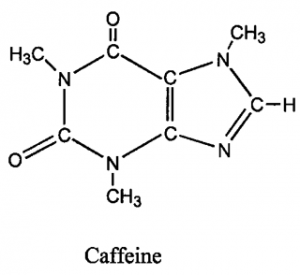The New Method Web Marketing: Service Driven Campaigns
The word is out and the word is good. We are in the dawn of a new era of Web marketing and nothing could be better for businesses and consumers. The piecemeal perspective of fragmented marketing services is in a state of rapid decline, with the advent of an integrated / holistic approach to creating inbound marketing channels quickly coming into vogue. But, while this new paradigm is now coming to the attention of mainstream marketing, it has long been in practice by any legitimate Web marketing agency.
In the past, the Web was awash with a la carte online marketing service providers. SEO firms, social media marketers, Web developers, email marketers, etc., all battled for the attention of potential clients while jamming statistics down the consumer’s throat about why their marketing services were superior to all the others. But one must ask: how could they possibly know which marketing channel would be most effective for your business without knowing the intricacies of your business, assets and industry? The short answer is that they couldn’t. You cannot take something to market effectively unless you understand the market competitively. Whether through ignorance or arrogance, these firms would tout the benefits of their offerings while having no idea about the most effective areas in which to compete on the Web.
The essence of this paradigm was to sell, sell, and sell, irrespective of the actual benefit they offered to potential clients / businesses. This led to oversold, overpromised and under-delivered marketing campaigns that heaped distrust and greatly tarnished the reputation of competent Web marketing agencies everywhere. What these stand-alone service providers failed to understand was that successful Web marketing strategies looked at the entire process as a chain of events with each step as important as the one precipitating it. Akin to a relay race, if the baton gets dropped you simply don’t win the race.
Even more frustrating were the marketing companies that offered a multitude of Web marketing services but without ever understanding how they all worked together. At the core of their failings was a revenue driven business model that left service distantly behind by the wayside.
Today there is a powerful awakening in the Web marketing industry to this change in strategy… at least it is better late than never. Unfortunately though, by and large this evolution is driven by a reaction to the market instead of being a driving factor of market change. In essence, they are still missing it. They are not catching the glimpse of the bigger picture: Service.
Henry Ford was famously quoted as saying, “The man who will use his skill and constructive imagination to see how much he can give for a dollar, instead of how little he can give for a dollar, is bound to succeed.” This prophetic little piece is still accurate today and is the true catalyst behind the massive overhaul to Internet marketing currently underway. While this change might be something new to a majority of Web marketers as an obligatory adaptation forced upon them if they wish to survive the transition, as stated earlier, it is nothing new to any legitimate Web marketing agency.
Service oriented business is good business. If you have cared about your clients, understood their business and competitive playing field and treated their budget like it was your own, then you have been adhering to this marketing panacea for some time now. You’ve understood how social media merges with SEO, how a website’s development supports optimization and how its design maximizes CTR and UX. You know how retargeting advertisements, continuity of branding in email marketing and touching potential consumers respectfully through multiple marketing channels is essential. You have sat down with your clients and understood their strongest assets to leverage, opportunities to take advantage of and what you can do to position their business for long-term growth, achieving the greatest ROI possible. You did not sell them a level 2 / tier 2 SEO package, thus performing a checklist of optimization tasks before cashing their check and never looking back. You were a legitimate Web marketing agency & the emerging trend of service oriented marketing is nothing new. Tip of the hat from Capisco if this has always been your approach.








